River gorges create some of the most spectacular—and terrifying—zipline experiences in North America, where riders hurtle across ancient chasms carved by millions of years of flowing water. These natural formations provide the perfect combination of height, distance, and dramatic scenery that transforms a simple zipline ride into an adrenaline-pumping adventure.
Unlike forest canopy tours or mountain ziplines, river gorge courses offer unique challenges that test even the experienced thrill-seekers. The combination of rushing water below, towering canyon walls, and the psychological challenge of crossing seemingly impossible gaps creates an entirely different category of adventure experience.
Here is a list of 20 river gorge ziplines that test courage across the continent.
Royal Gorge Zipline Tours
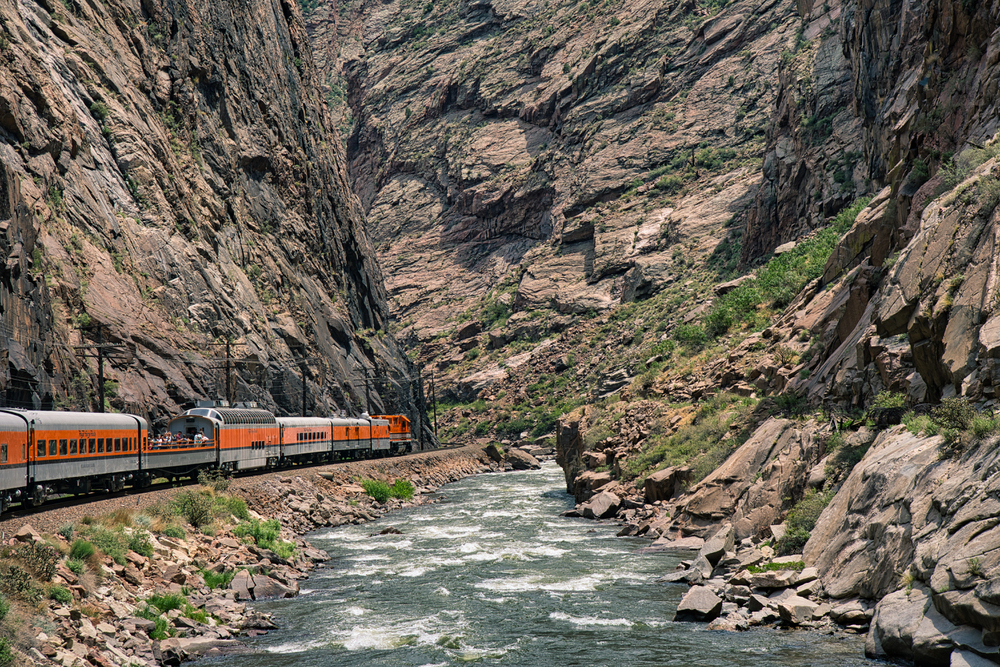
Colorado’s Royal Gorge offers one of America’s most intimidating zipline experiences, suspended 1,200 feet above the Arkansas River. The quarter-mile crossing takes riders directly over the churning whitewater rapids that carved this spectacular canyon over millions of years. Winds whipping through the gorge can reach 40 mph, adding an unpredictable element that keeps even repeat visitors on edge.
The psychological challenge of stepping off the platform while staring straight down at the river creates a moment of pure terror that transforms into exhilaration once riders commit to the crossing.
New River Gorge Adventures
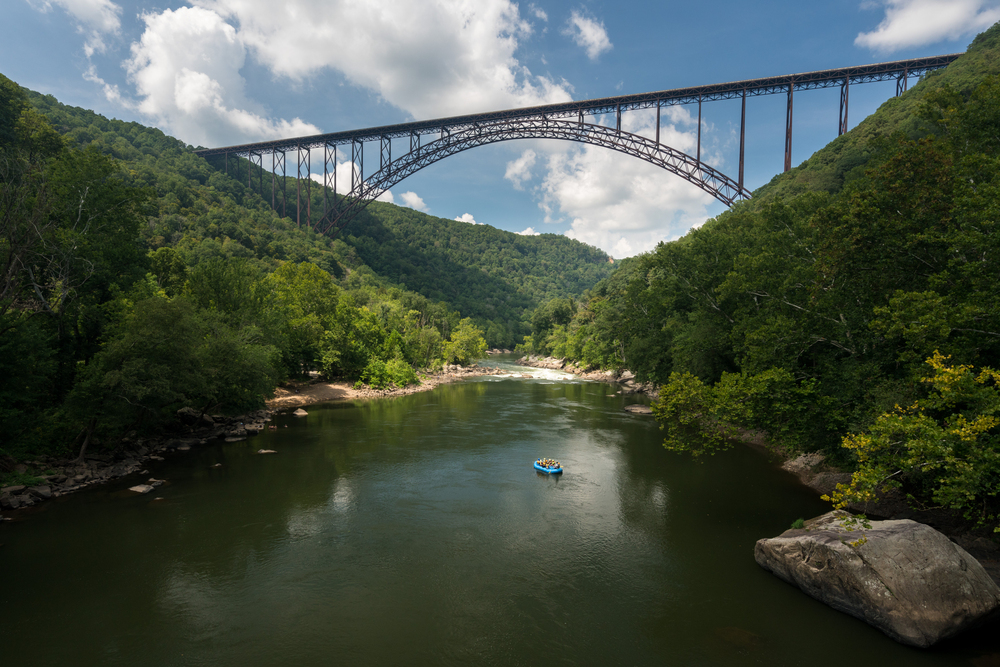
West Virginia’s New River Gorge hosts multiple zipline courses that span different sections of this massive canyon system. The longest line stretches nearly half a mile across the gorge, offering riders unobstructed views of the famous New River Gorge Bridge during their crossing.
The gorge’s depth—over 800 feet in some sections—creates a sensation of flying that lasts much longer than typical zipline experiences. Rapids crashing against boulder fields far below provide a constant soundtrack that reminds riders exactly how far they would fall if something went wrong.
Like Travel Pug’s content? Follow us on MSN.
Niagara Falls Zipline

The Niagara Gorge zipline provides a unique perspective on one of the world’s most famous waterfalls, though the experience proves far more intense than visitors expect. Riders cross the whirlpool rapids section of the Niagara River, where water churns violently after its plunge over the falls.
The mist rising from the rapids below often obscures the landing platform, creating an unsettling sensation of zipping into the unknown. The combination of the falls’ thunderous roar and the gorge’s swirling winds makes this crossing feel more like a leap of faith than a recreational activity.
Columbia River Gorge Ziplines
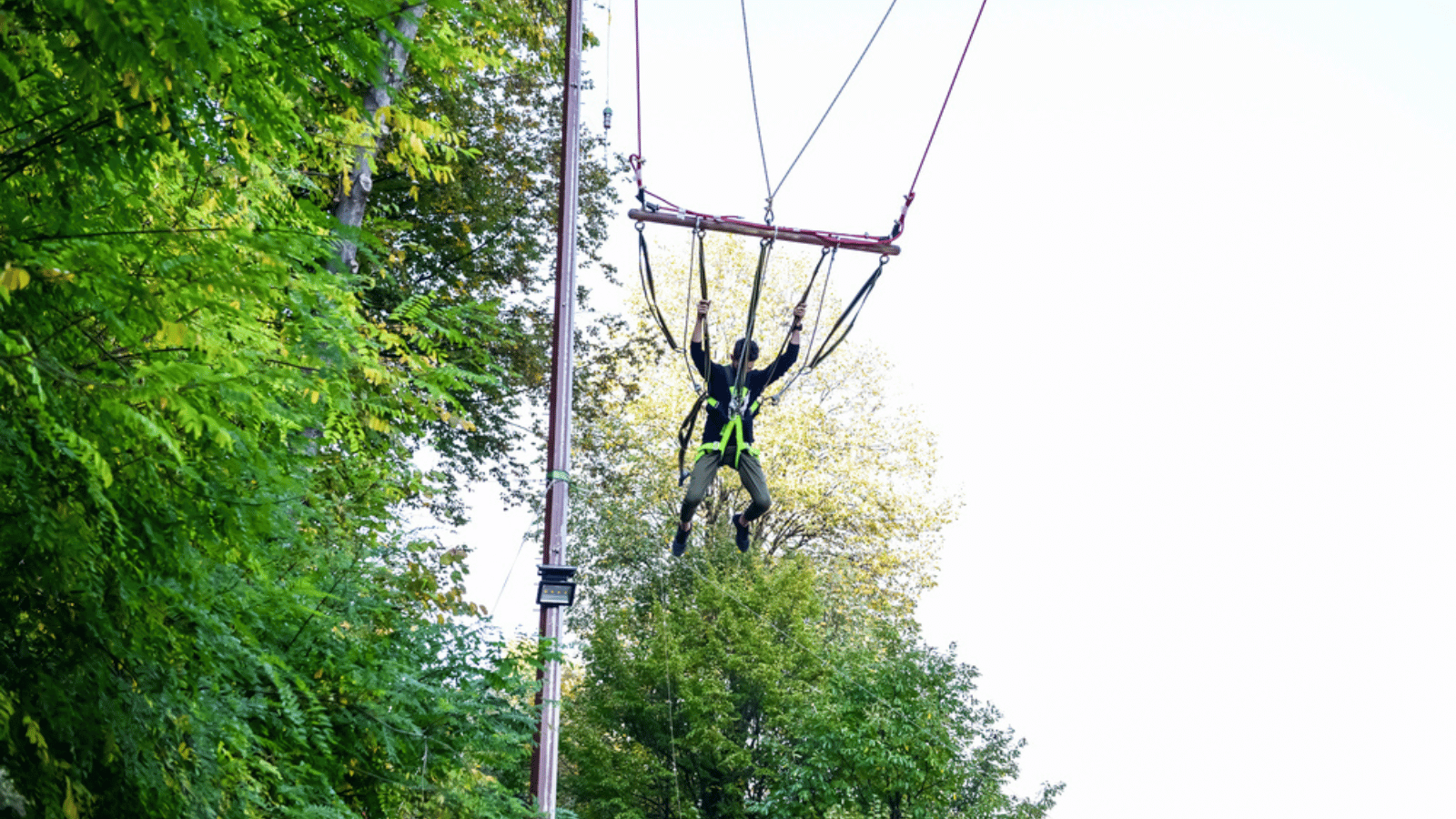
Oregon’s Columbia River Gorge offers multiple zipline experiences that cross different sections of this massive canyon carved by the Columbia River. The gorge’s unique wind patterns—created by air rushing through the canyon—can dramatically affect zipline speeds and create unexpected turbulence during crossings.
Riders often find themselves spinning uncontrollably as they cross, with views of the river alternating between right-side-up and upside-down perspectives. The gorge’s waterfalls provide spectacular scenery, though riders usually focus more on maintaining their composure than sightseeing.
Hells Canyon Ziplines

Idaho’s Hells Canyon, North America’s deepest river gorge, hosts a zipline experience that truly lives up to its intimidating name. The Snake River flows over 7,900 feet below the canyon rim in some sections, creating a depth that challenges human perception and comprehension.
Riders cross sections where the river appears as a thin ribbon far below, creating a disorienting sensation that some describe as flying through space rather than over water. The canyon’s remote location means help is hours away, adding a psychological element that makes the crossing feel more like genuine exploration than adventure tourism.
Like Travel Pug’s content? Follow us on MSN.
Arkansas River Royal Gorge

Beyond the famous Royal Gorge Bridge area, several outfitters offer zipline experiences across different sections of the Arkansas River canyon system. These courses feature multiple crossings at varying heights, allowing riders to experience different perspectives of the same dramatic landscape.
The river’s spring snowmelt creates Class V rapids that sound like freight trains from the zipline platforms above. The combination of multiple crossings and increasing difficulty creates a progression that builds courage while testing nerves throughout the entire experience.
American River Gorge

California’s American River carved a deep gorge through the Sierra Nevada foothills, creating ideal conditions for heart-stopping zipline adventures. The river’s multiple waterfalls and granite cliff faces provide spectacular scenery, though riders often close their eyes during the initial launch phase.
Gold Rush-era mining operations left scars on the canyon walls that serve as reminders of human attempts to conquer this landscape. The zipline crosses sections where the river drops through boulder gardens and creates whitewater that would challenge expert kayakers.
Rio Grande Gorge
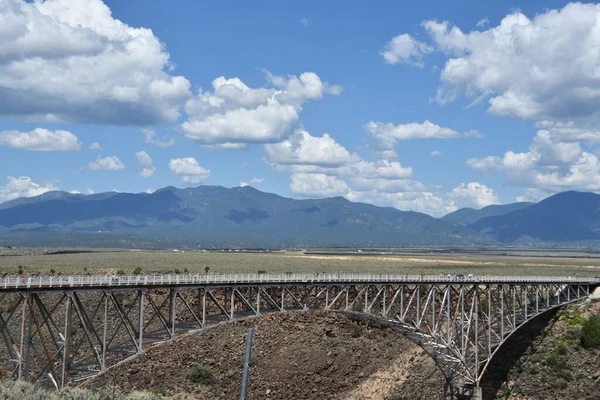
New Mexico’s Rio Grande Gorge near Taos offers a zipline experience that combines desert beauty with genuine terror as riders cross the 800-foot-deep basalt canyon. The gorge’s sheer walls and narrow width create wind tunnel effects that can dramatically alter zipline speeds and trajectories.
Desert thermals rising from the canyon floor often create unpredictable air currents that spin riders like pinwheels during their crossing. The high desert environment means temperature differences between the rim and canyon floor can create weather conditions that change rapidly throughout the day.
Like Travel Pug’s content? Follow us on MSN.
Snake River Canyon
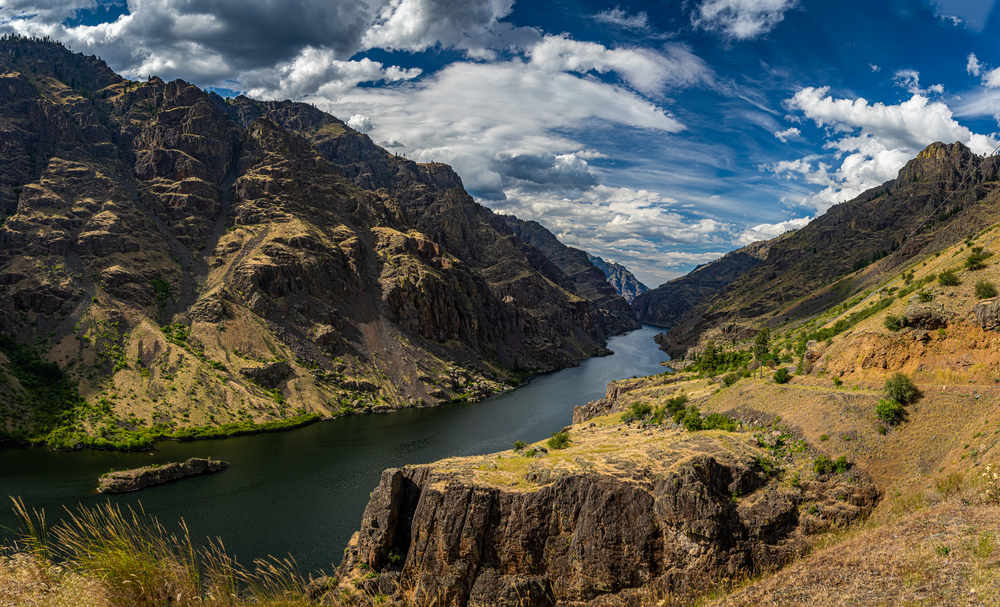
Idaho’s Snake River Canyon offers multiple zipline crossings that test courage while providing views of the famous canyon where Evel Knievel attempted his motorcycle jump. The canyon’s width requires exceptionally long zip lines that give riders plenty of time to contemplate their situation while suspended high above the churning river.
Wind patterns created by the canyon’s unique shape can either speed riders along or slow them to a crawl, creating unpredictable experiences that vary with weather conditions. The psychological challenge of crossing where a famous daredevil failed adds an extra layer of intimidation to an already challenging experience.
Payette River Gorge
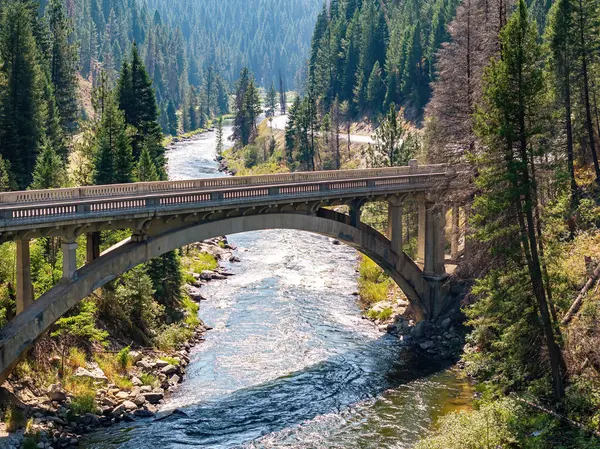
Idaho’s Payette River carved a narrow, twisting gorge that creates one of the most disorienting zipline experiences in the Pacific Northwest. The canyon’s serpentine shape means riders can’t see their destination when they launch, creating a leap of faith across seemingly empty space.
Class IV and V rapids crash through the narrow canyon below, creating a constant roar that drowns out conversation and adds to the sensory overload. The gorge’s granite walls reflect sound in ways that make the crossing feel like flying through a thunder chamber.
Green River Gorge
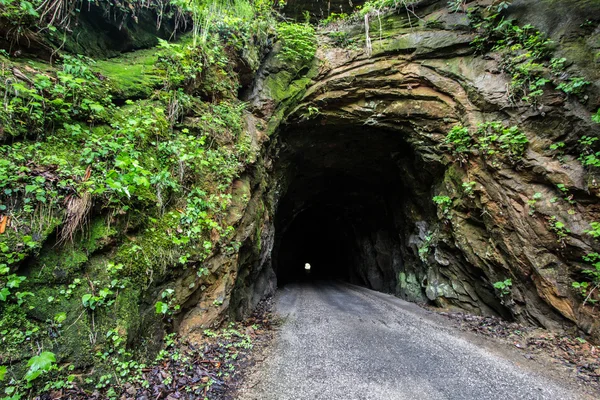
Washington’s Green River Gorge offers a temperate rainforest zipline experience, where moss-covered canyon walls and misty conditions create an otherworldly atmosphere. The river’s emerald color—which gives it its name—appears almost artificial when viewed from hundreds of feet above.
Pacific Northwest weather patterns often shroud the gorge in fog, creating conditions where riders zip into gray nothingness with no visible landing platform. The combination of height, mist, and lush vegetation creates a sensation more like flying through a fantasy landscape than crossing a conventional canyon.
Like Travel Pug’s content? Follow us on MSN.
Chattooga River Gorge

The Chattooga River, famous from the movie ‘Deliverance,’ carved a deep gorge along the Georgia-South Carolina border that now hosts challenging zipline adventures. The river’s reputation for dangerous rapids adds psychological weight to crossings, even though riders remain safely suspended hundreds of feet above the water.
Ancient hardwood forests line the canyon walls, creating a tunnel effect that can make riders feel enclosed despite being in the open air. The gorge’s remote location and limited access create an authentic wilderness feeling that many commercial zipline courses lack.
Buffalo National River
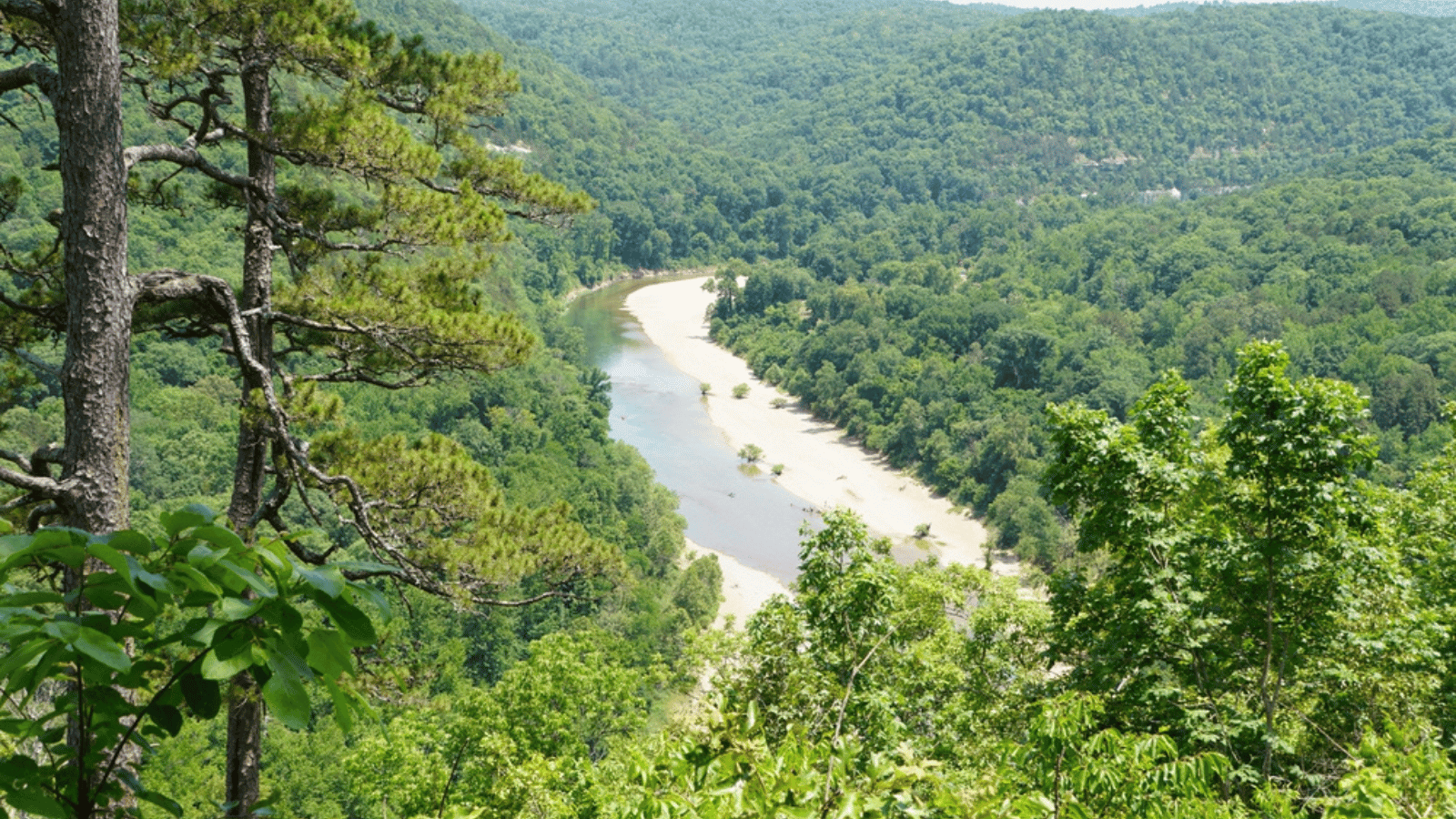
Arkansas’s Buffalo National River flows through a limestone gorge that creates unique zipline challenges as riders cross between towering bluffs. The river’s spring-fed clarity allows riders to see individual rocks and fish from remarkable heights, creating a disorienting sense of intimacy with the landscape far below.
Seasonal water level changes dramatically alter the appearance of the crossing, with spring floods creating whitewater chaos while summer reveals peaceful swimming holes. The contrast between the serene river and the terror of crossing it creates a psychological disconnect that many riders find unsettling.
Ocoee River Gorge
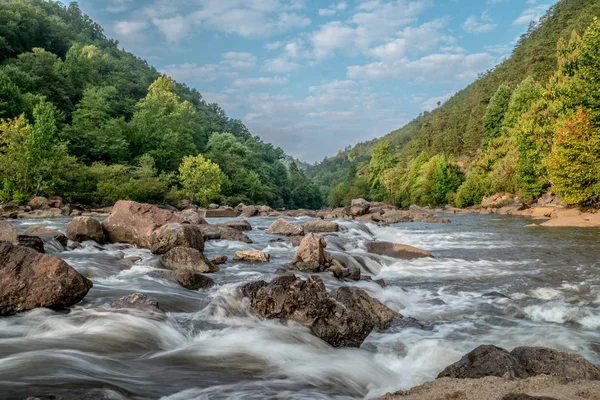
Tennessee’s Ocoee River, the site of Olympic whitewater events, carved a steep-sided gorge that now challenges zipline riders with its combination of technical difficulty and scenic beauty. The river’s engineered rapids—created for the Olympics—provide constant whitewater action that looks deceptively manageable from above.
Cherokee National Forest surrounds the gorge with a dense hardwood canopy that can conceal the true depth of the canyon until riders are already committed to their crossing. The psychological pressure of crossing above internationally recognized whitewater adds an element of intimidation that affects even experienced adventure athletes.
Like Travel Pug’s content? Follow us on MSN.
Penobscot River Gorge
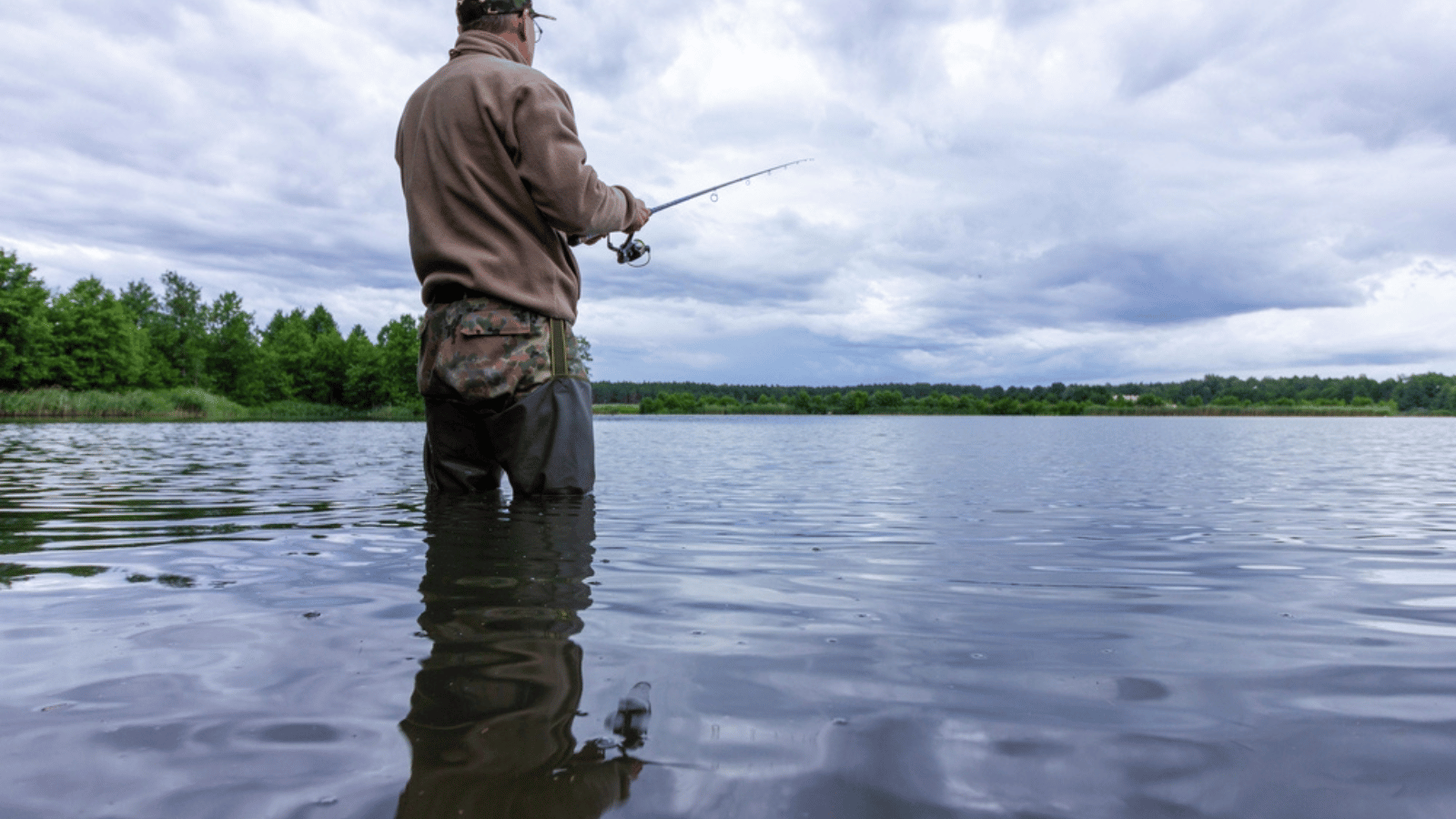
Maine’s Penobscot River carved a granite gorge that creates one of New England’s most challenging zipline experiences, where riders cross above Class V rapids and ancient glacial formations. The river’s remote location in the North Maine Woods means crossing feels more like genuine exploration than adventure tourism.
Atlantic salmon runs during specific seasons add wildlife viewing opportunities, though riders usually focus more on not looking down than spotting fish. The gorge’s connection to Native American history and logging heritage creates cultural weight that adds significance to the physical challenge.
Gauley River Gorge
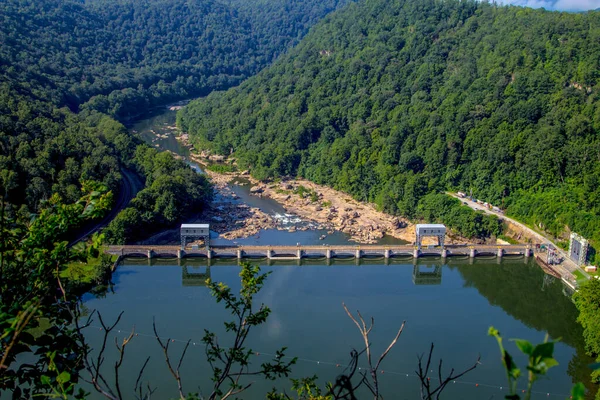
West Virginia’s Gauley River is considered one of America’s most challenging whitewater runs, and its gorge creates equally intimidating zipline crossings for aerial adventurers. The river’s dam releases create artificial floods that transform peaceful pools into raging torrents within minutes, adding unpredictability to the zipline experience.
Riders often time their crossings to coincide with dam releases, creating opportunities to witness the river’s transformation from a unique aerial perspective. The gorge’s steep walls and narrow width create wind effects that can dramatically alter zipline speeds and trajectories.
Rogue River Gorge
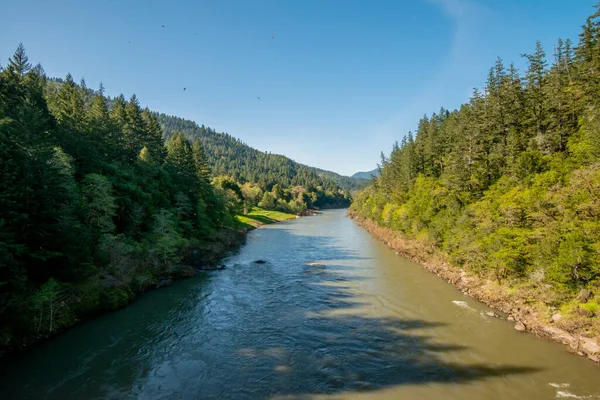
Oregon’s Rogue River carved a basalt gorge through the Cascade Mountains that creates zipline experiences combining technical challenges with Pacific Northwest beauty. The river’s numerous waterfalls and granite pools provide spectacular scenery, though riders often feel too terrified to appreciate the views during their initial crossings.
Seasonal salmon runs attract wildlife that can be observed from the zipline platforms, creating educational opportunities that complement the adrenaline rush. The gorge’s connection to Native American fishing traditions adds cultural significance that transforms adventure tourism into a historical experience.
Like Travel Pug’s content? Follow us on MSN.
Colorado River Gorge
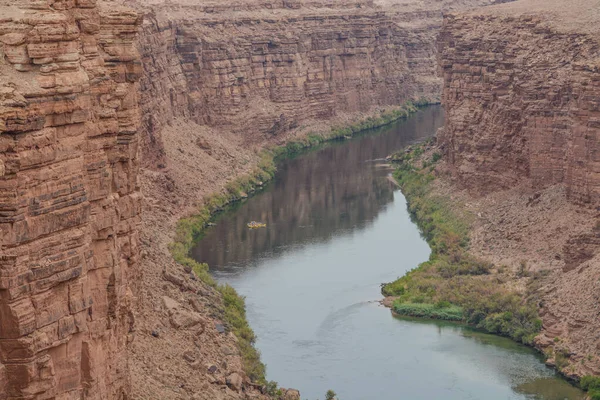
Arizona’s Colorado River carved multiple gorges that now host zipline adventures, though most pale in comparison to the psychological challenge of crossing above the river that created the Grand Canyon. Desert conditions create thermals and wind patterns that make zipline crossings unpredictable and often uncomfortable.
The contrast between the desert landscape and the river below creates optical illusions that can disorient riders and make distance judgment nearly impossible. Ancient petroglyphs visible on canyon walls remind riders that humans have been challenging themselves in this landscape for thousands of years.
Kennebec River Gorge
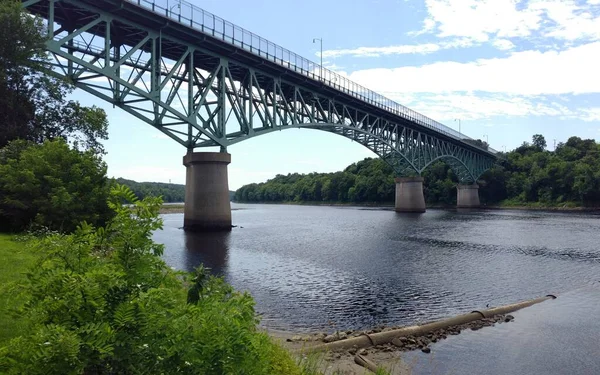
Maine’s Kennebec River flows through a granite gorge that creates technical zipline challenges combined with New England’s changing seasonal beauty. The river’s controlled releases from upstream dams create predictable whitewater that allows riders to time their crossings for maximum visual impact.
Fall foliage transforms the canyon into a tunnel of color that can actually distract riders from the terror of their crossing. The gorge’s connection to Benedict Arnold’s wilderness march during the Revolutionary War adds historical significance that makes the adventure feel like following in the footsteps of genuine American heroes.
Salmon River Gorge
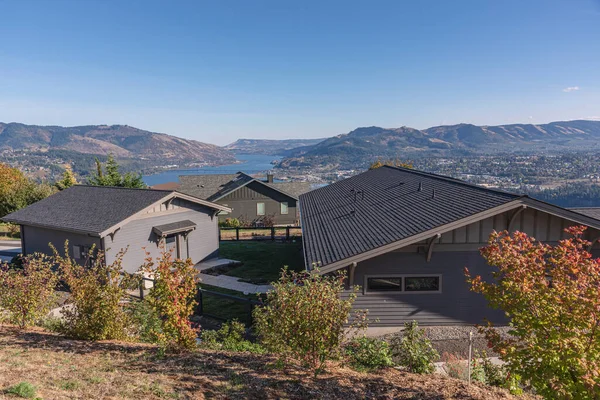
Idaho’s Salmon River, known as the ‘River of No Return,’ carved a remote gorge that creates one of America’s most isolated zipline experiences. The canyon’s extreme remoteness means mechanical failures or weather problems could strand riders far from help, adding genuine risk to what’s usually a controlled adventure activity.
The river’s reputation for claiming kayakers and rafters adds psychological weight that affects even experienced thrill-seekers. Multiple hot springs along the canyon floor provide unique landing opportunities, though most riders feel too shaken to appreciate the therapeutic benefits immediately after crossing.
Like Travel Pug’s content? Follow us on MSN.
Beyond the Fear
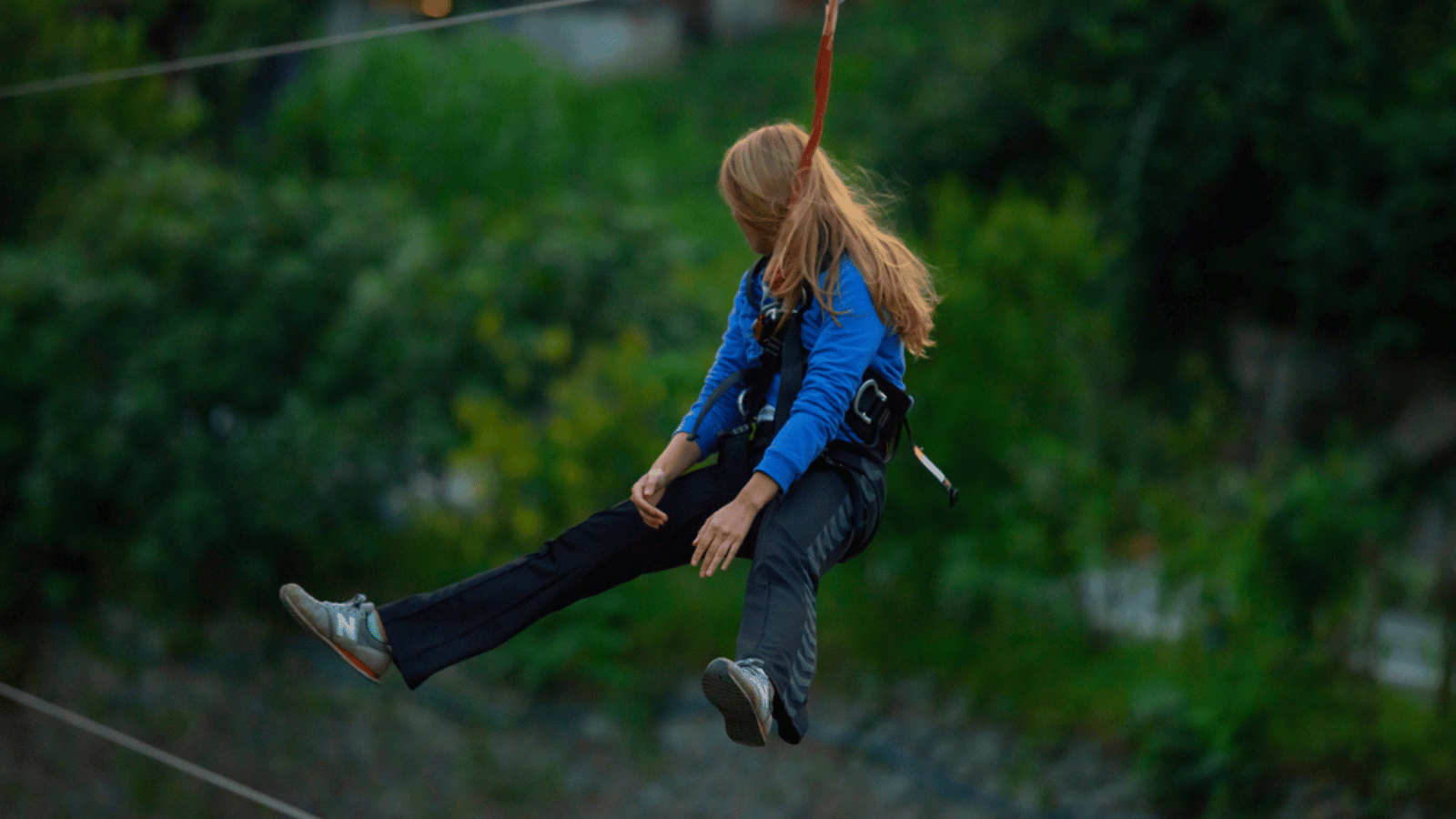
These river gorge ziplines represent more than extreme recreation—they’re modern versions of ancient human challenges that have tested courage throughout history. Each crossing requires riders to overcome primal fears of height, speed, and loss of control while surrounded by landscapes that dwarf human scale and remind us of our place in the natural world. The rivers below continue their patient work of carving deeper channels, indifferent to the temporary human drama playing out hundreds of feet above their surfaces.
Whether motivated by thrill-seeking or personal growth, riders leave these experiences with a newfound respect for both their capabilities and the raw power of moving water that shaped these spectacular landscapes over millions of years.
More from Travel Pug

- 20 Best Beach Towns in the Carolinas
- 13 Destinations Where Tourists Regularly Regret Their Trip
- 20 Destinations That Are More Magical Without an Itinerary
- 20 Underrated Adventures That Belong on Your Travel List
- 20 Cities Where You Should Just Wing It, No Planning Required
Like Travel Pug’s content? Follow us on MSN.
